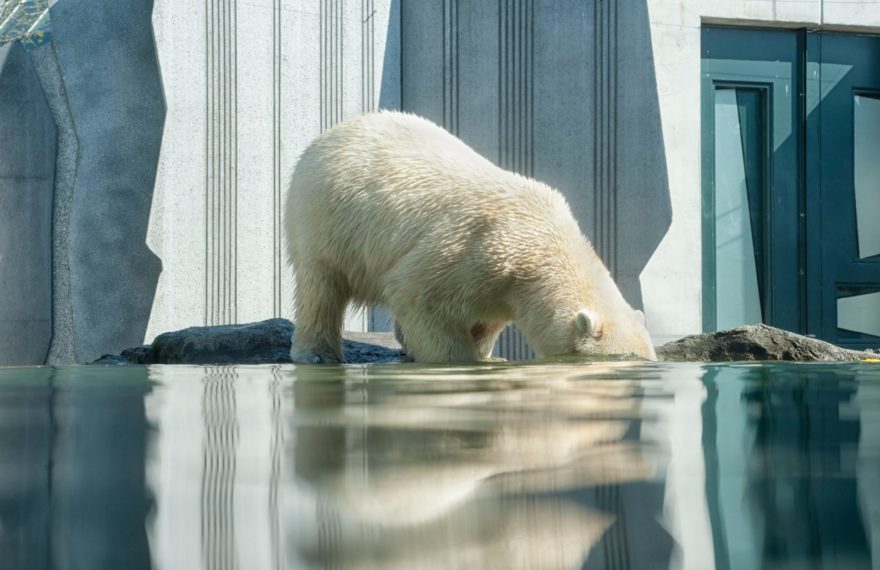Launched in late 2019, the Coalition for the Energy of the Future aims at accelerating the development of future energies and technologies to sustain new green mobility models and reduce the impact of transport and logistics on climate change.
we are all in agreement that climate change does indeed see wildlife and their survivalist eco systems suffer, many forget about the shocking implications global warming has on our world’s rivers, streams, wetlands, and oceans.
The Esperanza Base on the northern tip of the Antarctic Peninsula recorded an 18.3-Celsius temperature on February 6, 2020, the hottest temperature yet for Antarctica and almost the same temperature as Los Angeles in California that day.
Coral bleaching is a phenomenon where corals release symbiotic algae living in their tissues due to stress caused by changes in light, temperature or nutrients. This results in the corals turning completely white.
We’ve seen disasters destroy towns and animal populations vanish because of the effects of climate change—and the worse is, this is only the beginning. For many years, we’ve watched as the earth’s temperature continues to rise causing the ice caps to melt and the weather to change so drastically. The Intergovernmental Panel on Climate Change […]
The Getting to Zero Coalition will lead the push for shipping’s decarbonization with the mutual goal of having commercially viable zero emission vessels operating along deep sea trade routes by 2030.
Climate change is still the number one cause of rising sea levels. Burning fossil fuel adds more greenhouse gas into the atmosphere, which traps heats and increases the temperature of the earth.
Evidence from two separate studies revealed that global warming has a direct impact on the plight of the penguins. In Argentina, where the biggest colony of Magellanic penguins in the world is found, chicks are dead due to climate change.
A team from the Scottish Association for Marine Science (SAMS) in Oban, led by oceanographer Prof Mark Inall, will deploy a small autonomous underwater vehicle (AUV) known as an ecoSUB to the foot of a melting glacier in Arctic Norway.
The Poseidon Principles are a global framework for assessing and disclosing the climate alignment of financial institutions’ shipping portfolios.






















